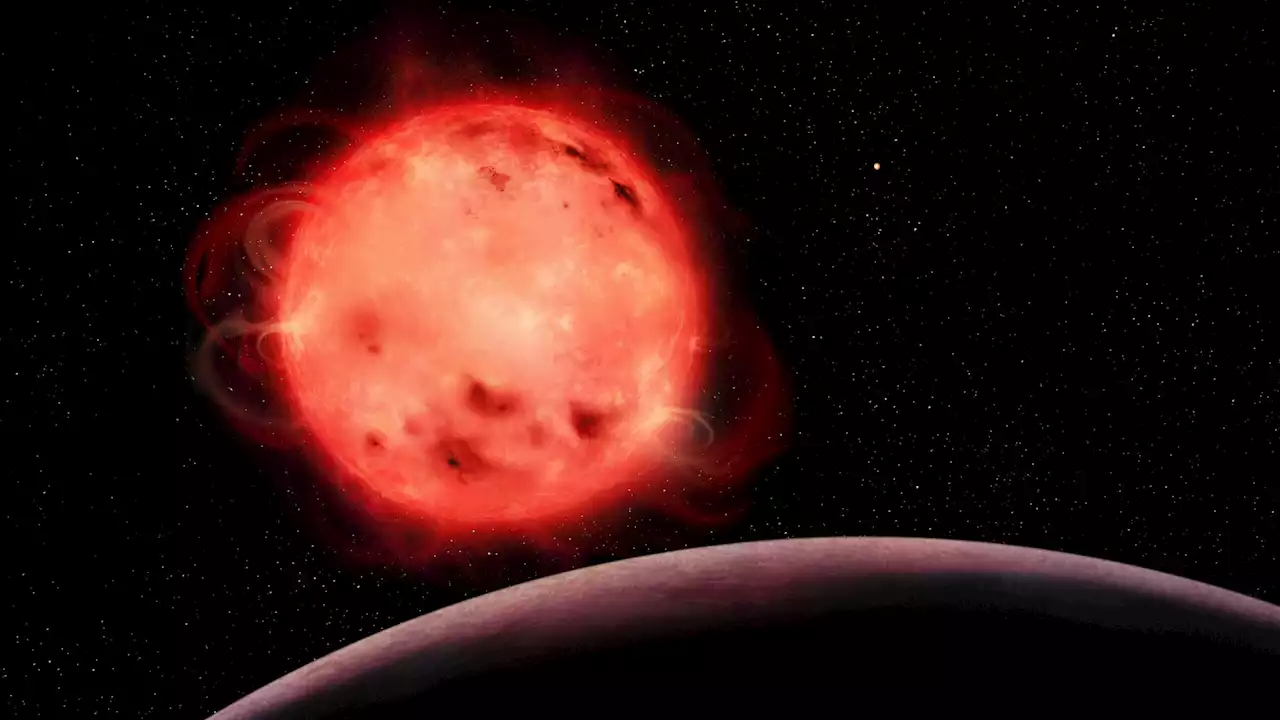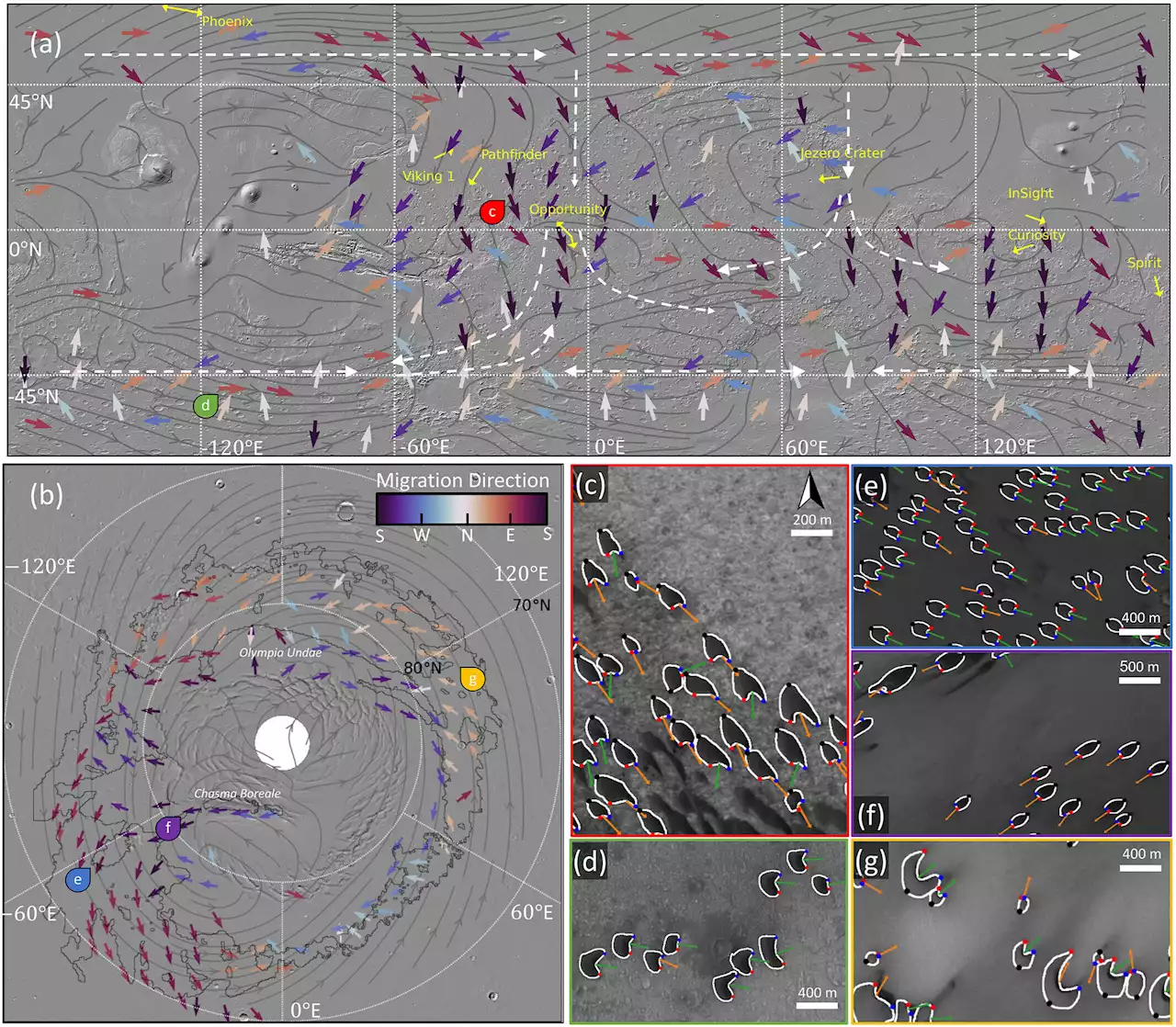Solar eclipses can have a noticeable impact on the structure and dynamics of Earth's upper atmosphere—the ionosphere. This is primarily due to the sudden reduction in solar radiation reaching the Earth's atmosphere during the eclipse. Since the ionosphere contains charged particles (ions and electrons) and is responsible for reflecting and refracting radio waves, changes to the ionosphere can also affect radio communications and navigation systems.
In the ionosphere, solar radiation is a primary source of ionization, which the process in which an atom or molecule becomes charged when it gains or loses electrons. During a, the reduction in solar radiation leads to a decrease in ionization, particularly in the region of the ionosphere at an altitude around 37 to 56 miles.
This decrease in ionization can cause a temporary drop in the density of electrons in the ionosphere.The decrease in solar radiation during an eclipse can also lead to cooling of the upper atmosphere. This cooling can affect the temperature structure of the ionosphere, potentially causing changes in ionospheric densities and altitudes.The reduction in ionization and cooling during an eclipse can lead to a decrease in the electron density in the ionosphere.
United States Latest News, United States Headlines
Similar News:You can also read news stories similar to this one that we have collected from other news sources.
 Asteroid sample returned to Earth is a time capsule of the ancient solar systemNASA's OSIRIS-REx mission has returned the largest space sample collected since the Apollo program, taken from the primordial asteroid Bennu.
Asteroid sample returned to Earth is a time capsule of the ancient solar systemNASA's OSIRIS-REx mission has returned the largest space sample collected since the Apollo program, taken from the primordial asteroid Bennu.
Read more »
 Ask about homes' solar panels 9/30 on free IL Solar TourVisitors can ask homeowners in more than 35 suburbs and cities about their solar installations Sept. 30 on the free Illinois Solar Tour.
Ask about homes' solar panels 9/30 on free IL Solar TourVisitors can ask homeowners in more than 35 suburbs and cities about their solar installations Sept. 30 on the free Illinois Solar Tour.
Read more »
 Dark Earth Deciphered: Ancient Amazonians Intentionally Created Fertile “Dark Earth”The rich soil holds thousands of tons of carbon, sequestered over centuries by indigenous practices, a new study suggests. The Amazon river basin is known for its immense and lush tropical forests, so one might assume that the Amazon’s land is equally rich. In fact, the soils underlying the fores
Dark Earth Deciphered: Ancient Amazonians Intentionally Created Fertile “Dark Earth”The rich soil holds thousands of tons of carbon, sequestered over centuries by indigenous practices, a new study suggests. The Amazon river basin is known for its immense and lush tropical forests, so one might assume that the Amazon’s land is equally rich. In fact, the soils underlying the fores
Read more »
 James Webb Space Telescope's first spectrum of a TRAPPIST-1 planetIn a solar system called TRAPPIST-1, 40 light years from the sun, seven Earth-sized planets revolve around a cold star.
James Webb Space Telescope's first spectrum of a TRAPPIST-1 planetIn a solar system called TRAPPIST-1, 40 light years from the sun, seven Earth-sized planets revolve around a cold star.
Read more »
 Sand dunes reveal atmospheric wind patterns on MarsMars is one of the most explored components of the solar system, yet there are always more discoveries to unveil on Earth's planetary neighbor. On Earth we are able to take direct measurements to understand our planet's meteorological activities, but on Mars scientists must use evidence in the landscape to discern this information instead.
Sand dunes reveal atmospheric wind patterns on MarsMars is one of the most explored components of the solar system, yet there are always more discoveries to unveil on Earth's planetary neighbor. On Earth we are able to take direct measurements to understand our planet's meteorological activities, but on Mars scientists must use evidence in the landscape to discern this information instead.
Read more »
